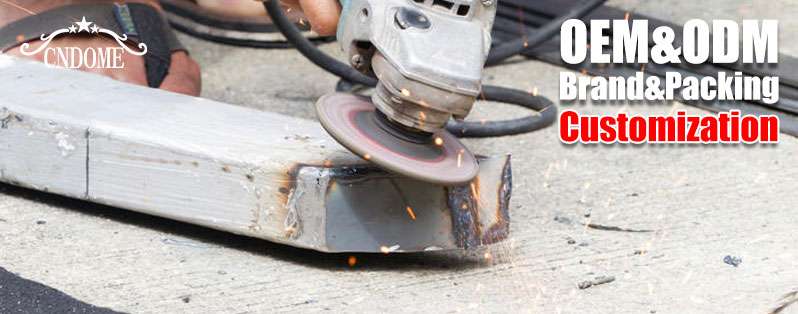In the realm of machining and material shaping, the grinding wheel stands as an indispensable tool. Its effectiveness lies not only in the abrasive properties of the wheel itself but also in the rotational speed at which it operates. The rotational speed of the grinding wheel plate holds a pivotal role in determining the outcome of the grinding process, influencing factors such as precision, efficiency, and safety.
The Basics of Rotational Speed:
Rotational speed refers to the rate at which an object rotates around an axis, typically measured in revolutions per minute (RPM). In the context of grinding wheel plates, rotational speed signifies the frequency at which the abrasive surface of the wheel moves past the workpiece.
Precision and Finishing:
One of the primary considerations when determining the rotational speed of a grinding wheel is the desired precision and finishing of the workpiece. Higher rotational speeds generally result in finer finishes and smoother surfaces. This is particularly crucial in applications where tight tolerances and surface quality are paramount, such as in the aerospace or automotive industries.
Material Removal Rate:
Conversely, the rotational speed also impacts the material removal rate (MRR) during grinding. Higher rotational speeds tend to increase the MRR, allowing for faster stock removal. However, this must be balanced against considerations such as heat generation, wheel wear, and potential damage to the workpiece.
Heat Generation and Coolant Usage:
Rotational speed significantly influences the generation of heat during the grinding process. Higher speeds can lead to increased friction between the grinding wheel and the workpiece, resulting in elevated temperatures. Effective coolant usage becomes imperative to mitigate heat buildup and prevent thermal damage to both the wheel and the workpiece.
Wheel Wear and Maintenance:
The rotational speed directly affects the wear rate of the grinding wheel. Higher speeds typically lead to accelerated wear, necessitating more frequent wheel replacements and maintenance. Proper monitoring of wheel condition and dressing becomes essential to ensure consistent performance and dimensional accuracy.
Safety Considerations:
Rotational speed also plays a vital role in ensuring the safety of the grinding operation. Excessive speeds can lead to increased risk of wheel breakage, causing potential injury to operators and bystanders. Adhering to recommended speed limits and employing suitable safety measures, such as protective guards and personal protective equipment, is imperative to minimize hazards.
Conclusion:
In conclusion, the rotational speed on the grinding wheel plate is not merely a technical parameter but a critical factor that significantly influences the outcome of the grinding process. By understanding its implications on precision, material removal, heat generation, and safety, operators can optimize their grinding operations for efficiency, quality, and safety. Striking the right balance between speed, precision, and safety is essential for achieving optimal results in various machining applications.



KcxmEedY